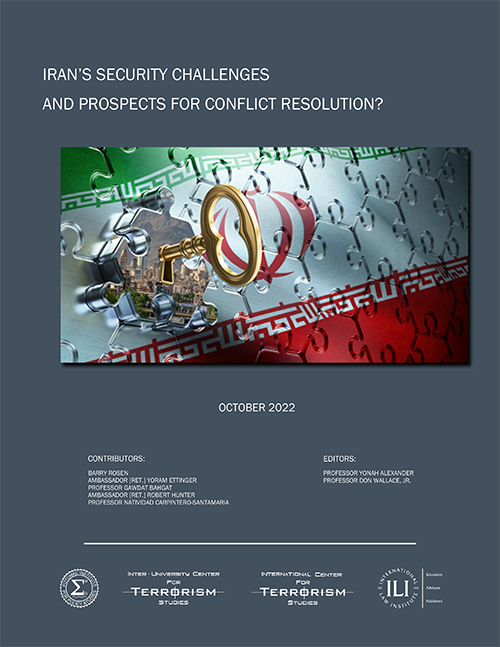 The rise of power in Iran of the Ayatollah Ruhollah Khomeini and the November 1979 seizure of the United States Embassy in Tehran and of some 60 American hostages by “revolutionary students” triggered a flurry of introspection in Washington concerning the policies which successive Administrations had followed with a country of enormous strategic and economic importance in the Middle East.
The rise of power in Iran of the Ayatollah Ruhollah Khomeini and the November 1979 seizure of the United States Embassy in Tehran and of some 60 American hostages by “revolutionary students” triggered a flurry of introspection in Washington concerning the policies which successive Administrations had followed with a country of enormous strategic and economic importance in the Middle East.
Among the questions that have been raised during that historical period were the following: What had gone wrong? Why had the United States failed to correctly assess the strength of the elements that brought down the Shah Shahanshah, King of Kings, Mohammed Reza Pahlavi in January 1979, after a 37-year rule? Why had the United States linked its fortunes so closely to those of the Shah in the first place? What did the national interests of the United States consist of as applied to Iran? What were the full implications of the transformation of Iran from a friendly ally to a hostile adversary of the United States?
These and related issues were analyzed in a study on The United States and Iran: A Documentary History, co- edited by Yonah Alexander and Allan Nanes and published by the University Publications of America in 1980. This work was prepared in association with the World Power Studies Program of the Center for Strategic and International Studies at Georgetown University.
During the next 43 years, extensive research efforts have been undertaken by the Inter-University Center for Terrorism Studies (IUCTS) and its academic partners such as the Potomac Institute for Policy Studies (PIPS) and the International Law Institute (ILI), focusing on Iran’s strategic and tactical intentions, capabilities, and actions. For instance, Tehran’s expanding terrorism role was discussed within the framework of the study, Terrorism: As State-Sponsored of Covert Warfare, co-authored by Ray S. Cline and Yonah Alexander and published by Hero Books in 1986.
This work was prepared in cooperation with the Center of Strategic and International Studies at the request of the Subcommittee on Security and Terrorism for the use of the Committee on the Judiciary of the United States Senate. The publication underscored the fact that the goal of psychological terror and physical violence employed by totalitarian dictatorships, like the Iranian regime, is to maintain control of their own people and to expand this kind of control over other regions and nations. In the face of Iran’s terrorism challenge, the United States, its friends and allies, particularly Israel, have developed a wide range of countermeasures. They consisted inter alia of intelligence, economic and security assistance, political and diplomatic pressures, economic sanctions, clandestine counter-terrorism infiltrations, covert and overt military operations.
Despite these activities, Tehran continued to resort to terrorism at home and abroad. Additionally, Iran’s apparent vision of a country becoming the dominant power in the Middle East had led its leadership to develop a nuclear program in open defiance of United Nations resolutions. In this connection, the IUCTS once again had conducted a major research project resulting in the release of a study on The New Iranian Leadership: Ahmadinejad, Nuclear Ambition, and the Middle East. This book, co-authored by Yonah Alexander and Milton Hoenig, was published by Praeger Security International in 2007. It documented Ahmadinejad’s background and rise to power and explained the structure of the Iranian Revolutionary government—the competing centers of power and the major players. The study then detailed the terrorist groups funded and armed by Iran, primarily Hizballah and Hamas. It also provided a comprehensive picture of Iran’s apparent aspirations to acquire nuclear weapons, as well as the related implications for regional and global security concerns.
Moreover, numerous seminars and conferences related to the multiple Iranian security challenges to the international community were held in the United States and abroad. For example, on December 6, 2011, a Forum was organized by the IUCTS on “Iran’s Nuclear Program: A Final Warning?” The event highlighted Tehran’s nuclear weapon program amidst the backdrop of an uncertain political reality in the Middle East.
